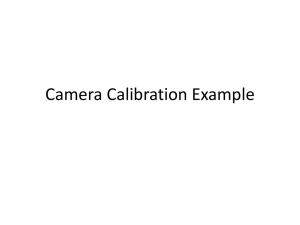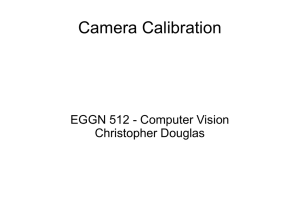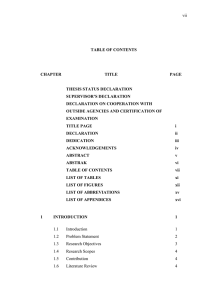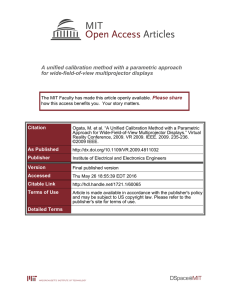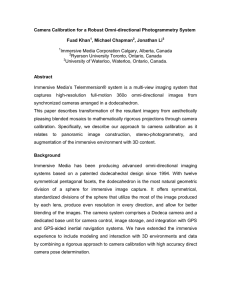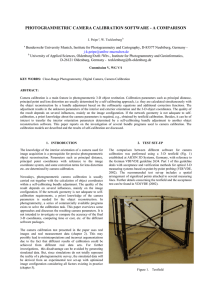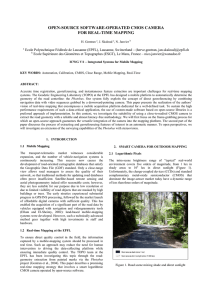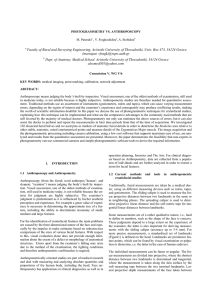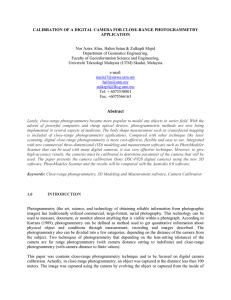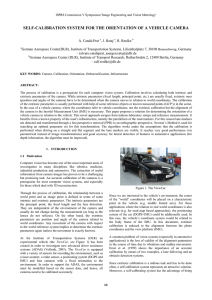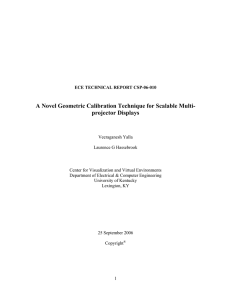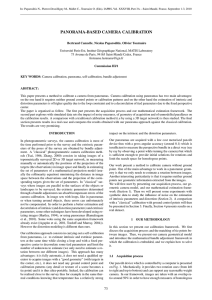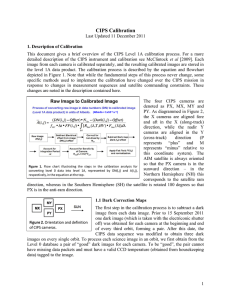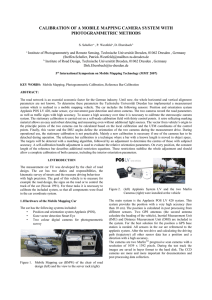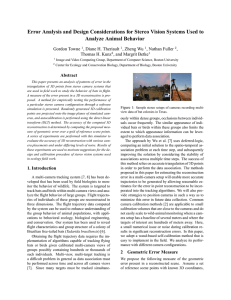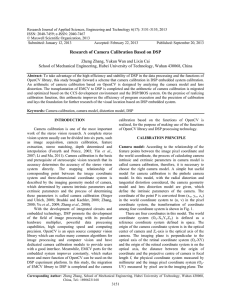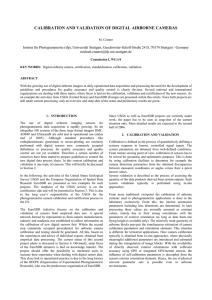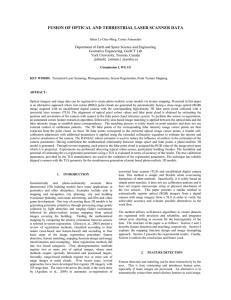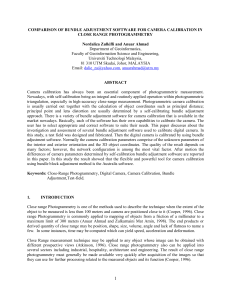Results from the EuroSDR Digital Camera Calibration Network
advertisement
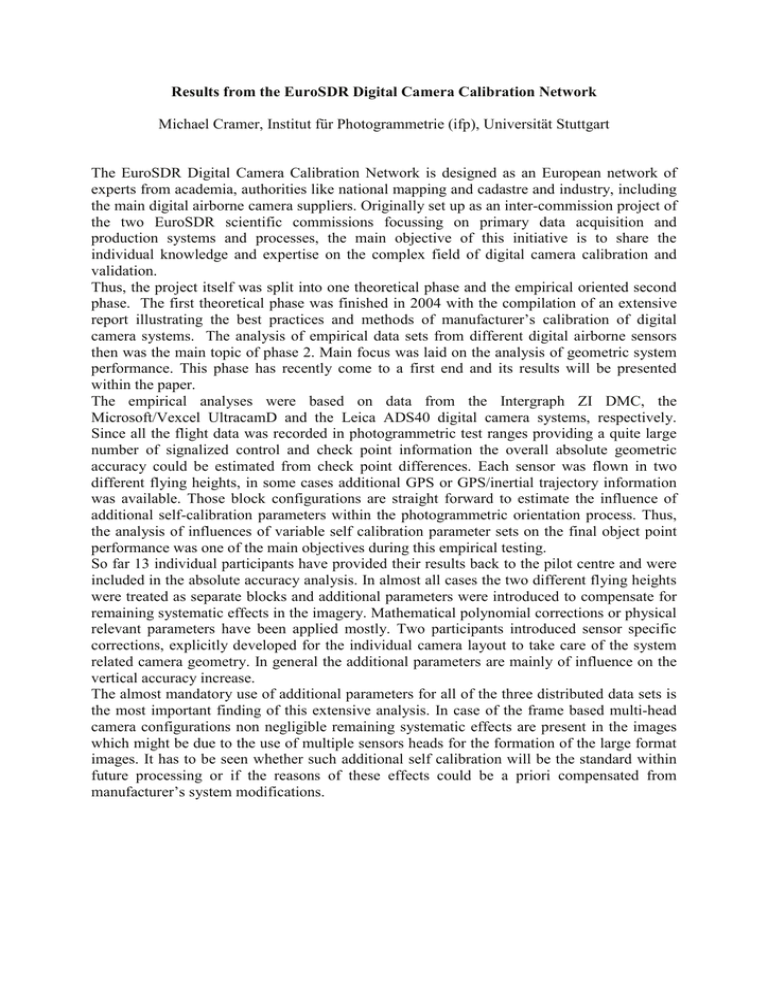
Results from the EuroSDR Digital Camera Calibration Network Michael Cramer, Institut für Photogrammetrie (ifp), Universität Stuttgart The EuroSDR Digital Camera Calibration Network is designed as an European network of experts from academia, authorities like national mapping and cadastre and industry, including the main digital airborne camera suppliers. Originally set up as an inter-commission project of the two EuroSDR scientific commissions focussing on primary data acquisition and production systems and processes, the main objective of this initiative is to share the individual knowledge and expertise on the complex field of digital camera calibration and validation. Thus, the project itself was split into one theoretical phase and the empirical oriented second phase. The first theoretical phase was finished in 2004 with the compilation of an extensive report illustrating the best practices and methods of manufacturer’s calibration of digital camera systems. The analysis of empirical data sets from different digital airborne sensors then was the main topic of phase 2. Main focus was laid on the analysis of geometric system performance. This phase has recently come to a first end and its results will be presented within the paper. The empirical analyses were based on data from the Intergraph ZI DMC, the Microsoft/Vexcel UltracamD and the Leica ADS40 digital camera systems, respectively. Since all the flight data was recorded in photogrammetric test ranges providing a quite large number of signalized control and check point information the overall absolute geometric accuracy could be estimated from check point differences. Each sensor was flown in two different flying heights, in some cases additional GPS or GPS/inertial trajectory information was available. Those block configurations are straight forward to estimate the influence of additional self-calibration parameters within the photogrammetric orientation process. Thus, the analysis of influences of variable self calibration parameter sets on the final object point performance was one of the main objectives during this empirical testing. So far 13 individual participants have provided their results back to the pilot centre and were included in the absolute accuracy analysis. In almost all cases the two different flying heights were treated as separate blocks and additional parameters were introduced to compensate for remaining systematic effects in the imagery. Mathematical polynomial corrections or physical relevant parameters have been applied mostly. Two participants introduced sensor specific corrections, explicitly developed for the individual camera layout to take care of the system related camera geometry. In general the additional parameters are mainly of influence on the vertical accuracy increase. The almost mandatory use of additional parameters for all of the three distributed data sets is the most important finding of this extensive analysis. In case of the frame based multi-head camera configurations non negligible remaining systematic effects are present in the images which might be due to the use of multiple sensors heads for the formation of the large format images. It has to be seen whether such additional self calibration will be the standard within future processing or if the reasons of these effects could be a priori compensated from manufacturer’s system modifications.



